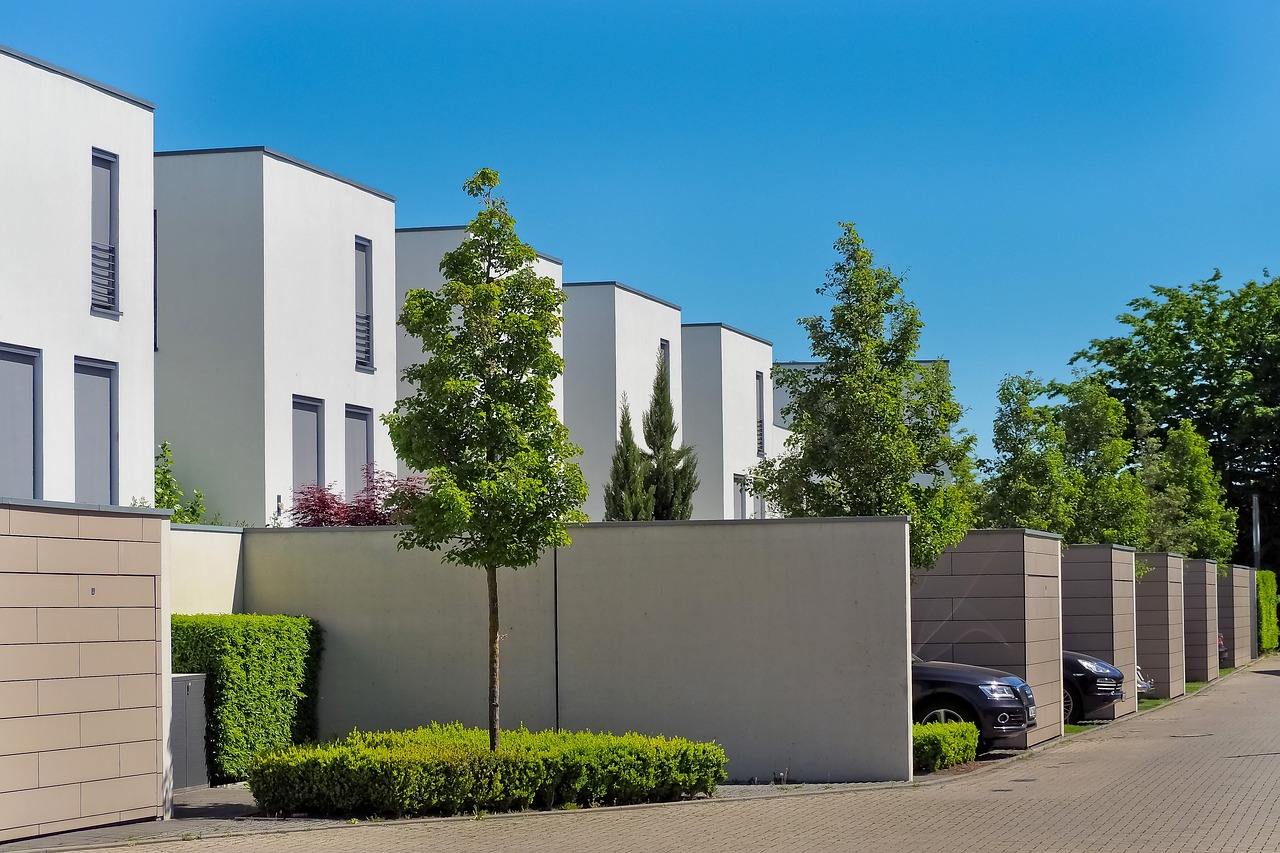In an age where the demand for sustainable development is at an all-time high, understanding the critical role of a BS5837 tree survey becomes indispensable for property developers, landscapers, and local governments. This specialised survey acts as a foundational step in planning and development projects, ensuring that the natural environment is considered and protected throughout any construction activity. The importance of this survey cannot be overstated, offering myriad benefits that not only satisfy regulatory compliance but also foster a harmonious balance between development and nature conservation.
Compliance with Planning Regulations
A BS5837 tree survey is paramount for complying with planning regulations and guidelines. Property developers are often confronted with the challenge of integrating their projects within existing natural landscapes. By conducting this survey, developers can demonstrate their commitment to preserving the local environment, significantly reducing the risk of encountering delays or legal complications. This proactive approach demonstrates an awareness of regulatory obligations, streamlining the planning process by adhering to prescribed environmental safeguards.
Invaluable Insights into Tree Conditions
One of the survey’s core advantages is the provision of detailed information regarding the condition, species, and root protection areas of trees within a proposed development site. For landscapers, this data is invaluable. It allows for informed decision-making when designing landscapes that include existing trees, ensuring that these natural assets are preserved and integrated into new developments seamlessly. This level of detail aids in creating designs that are not only aesthetically pleasing but also ecologically responsible.
Guidance on Tree Management During Construction
Construction activities inherently pose risks to the surrounding natural environment, particularly to existing trees. A BS5837 tree survey offers essential guidance on managing trees during these activities, thereby minimizing potential damage. It outlines protective measures and management practices to safeguard tree health and vitality. Local governments advocating for sustainable urban development will find this aspect of the survey instrumental in maintaining green spaces and promoting ecological well-being in urban settings.
Enhancing Environmental Credentials
Today’s consumers and stakeholders are increasingly conscious of environmental issues, demanding higher standards of sustainability in development projects. A BS5837 tree survey elevates a project’s environmental credentials, aligning with broader objectives of sustainable development. By prioritising the protection and integration of trees within development plans, projects not only contribute to the ecological landscape but also appeal to a more environmentally aware audience.
Supporting the Protection of Valuable Green Spaces
Finally, the survey plays a crucial role in the protection of valuable trees and green spaces. It identifies which trees are of particular importance due to their age, rarity, or cultural significance and therefore should be preserved. This aspect underscores the survey’s relevance to local governments and urban planners dedicated to conserving green spaces within cities and towns. Protecting these natural assets is essential for the well-being of communities, contributing to the overall quality of life and enhancing biodiversity.
Conclusion
The BS5837 tree survey emerges as a vital tool in the intersection of development and environmental conservation. Its comprehensive approach ensures that trees, often overlooked in the rush to develop, are given due consideration in the planning stages of construction and landscaping projects. For property developers, landscapers, and local governments, understanding and implementing the recommendations of a BS5837 tree survey is not merely a regulatory requirement; it is a commitment to a future where development and nature exist in harmony. By prioritising this survey, stakeholders demonstrate foresight, responsibility, and a deep respect for the natural world, underscoring their role in fostering sustainable development practices that will benefit generations to come.
